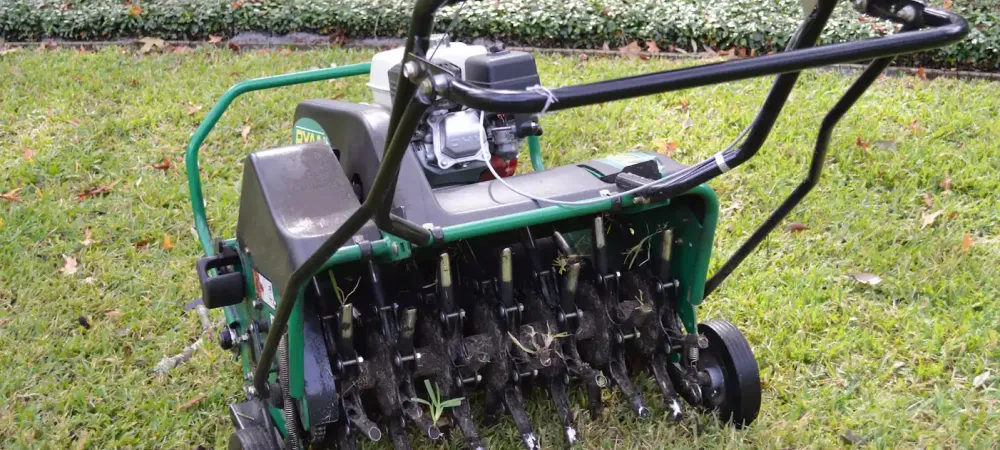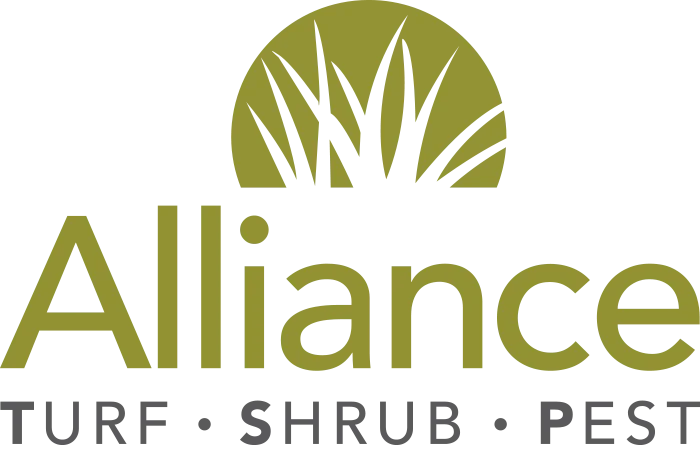Core Aeration vs. Liquid Aeration: Which Method Works Best for Your Lawn in 2025?

In East Central Georgia, lawns face more than just heat and humidity. Homeowners in towns like Madison, Covington, and Monroe know all too well the struggle of managing compacted red clay soil, poor drainage, and thinning grass. These issues are especially common in heavily used lawns where Bermudagrass or Zoysia dominate—and they’re exactly why aeration isn’t optional.
But if you’ve started researching aeration options, you’ve probably hit a familiar debate: core aeration vs. liquid aeration. Both methods promise to improve airflow, reduce compaction, and help your lawn absorb water and nutrients. But they’re not created equal—especially not when you’re dealing with Georgia clay.
Quick Answer
Core aeration is the better option for compacted clay soils across East Central Georgia. It delivers immediate relief by physically removing plugs of soil. Liquid aeration may work for sandy or lightly compacted lawns, but results take time and tend to be more cosmetic than structural. For long-term lawn health, core aeration remains the go-to method in this region.
What Is Lawn Aeration and Why Does It Matter
At its core, lawn aeration is about giving your grass room to breathe—literally. Over time, foot traffic, rain, and Georgia’s heavy clay can compress your soil, choking off airflow to the roots and reducing water infiltration. The result? Thin grass, stubborn weeds, and standing water after even light rainfall.
In East Central GA, this is more than a seasonal nuisance. Zoysia and Bermudagrass, two of the most common warm-season turf types in the region, need periodic aeration to stay dense and healthy. Without it, even well-maintained lawns struggle to grow deep roots.
For this region's climate and soil, the ideal time to aerate is between late spring and early fall—when warm-season grasses are actively growing and can recover quickly.
How to Aerate Your Lawn in Georgia
Before you aerate, it’s smart to test for compaction. If you can’t easily push a screwdriver into the soil or you notice poor drainage, it’s time to act.
Core Aeration:
This method uses a plug aerator to remove soil cores about 2–3 inches deep. It’s especially effective on clay-heavy lawns and provides instant relief by loosening compacted layers. After aeration, it’s common to see small holes across the lawn surface—don’t worry, that’s exactly what your grass needs to thrive.
Liquid Aeration:
This method involves applying a soil conditioner through a hose-end sprayer. These products work by breaking down tight soil particles over time. They’re DIY-friendly and lower in cost, but they don’t offer the same mechanical benefits. Think of it more as a long-term maintenance tool rather than a solution for major compaction.
In either case, you’ll want to mow your lawn short and water it the day before to soften the soil. After aeration, keep up with watering, fertilize appropriately, and consider overseeding if your lawn has bare patches.
Tips to Maximize Lawn Health After Aeration
After you aerate, don’t waste the opportunity. Your lawn is more receptive to nutrients and water now than at any other point in the season.
- Water deeply for 7 to 10 days after aeration to promote strong root development.
- Apply a balanced fertilizer like 16-4-8, which is commonly used for Southeast lawns.
- Overseed with warm-season grasses that perform well locally—Bermuda or Zoysia are both solid picks.
- Minimize foot traffic while your lawn recovers.
- If your soil stays compacted year after year, consider making core aeration an annual part of your lawn care plan.
Core Aeration vs. Liquid Aeration: Pros and Cons
While both methods aim to reduce compaction and improve root development, the way they work—and how well they perform in East Central Georgia—differs significantly.
Core aeration physically removes plugs of soil from the lawn, which immediately opens up compacted areas and allows for better air, water, and nutrient flow. This method is especially effective in clay-heavy soils like those found in Madison, Monroe, and surrounding areas. Because it disrupts the soil surface, it also creates ideal conditions for overseeding, helping new grass take root quickly. The catch? It requires either heavy-duty equipment or a lawn care professional, making it more labor-intensive and typically more expensive.
Liquid aeration, on the other hand, uses chemical solutions—usually applied with a hose-end sprayer—to break down soil particles at a microscopic level. It doesn’t remove plugs or visibly disturb the lawn, which makes it a convenient, DIY-friendly option. That said, the effects are slower and often less dramatic, especially in highly compacted red clay. Liquid treatments are generally better suited to sandy or loamy soils, or as a follow-up to core aeration during the off-season.
If your lawn is mostly healthy and you’re looking for light maintenance, liquid aeration might be sufficient. But if you’re dealing with compaction, pooling water, or poor turf performance on dense Georgia soil, core aeration is still the gold standard.
When to Call a Local Lawn Care Pro
Aeration might sound simple, but getting the best results takes more than just the right equipment. If your lawn has persistent drainage issues, feels rock-hard, or struggles to recover each summer, it’s time to get professional aeration services.
A professional lawn care company will not only use commercial-grade plug aerators but can also pair the service with fertilization and overseeding. Not sure what your soil needs? Many providers offer soil testing to dial in the right plan for your yard.
Get a Free Lawn Aeration Evaluation
Alliance TSP, Inc. has helped homeowners across East Central Georgia improve their lawn health through expert aeration services. Whether you’re dealing with stubborn clay or patchy grass, we’ll recommend the best strategy to restore your lawn’s vitality—no guesswork, just results. Contact our aeration experts today!
Can I aerate my lawn in the summer in Georgia?
Yes, you can aerate during the summer in Georgia as long as your warm-season grass is actively growing. Avoid aeration during extreme heat or dry spells, since stressed grass may struggle to recover from the disruption.
How soon should I water after aerating my Georgia lawn?
Begin watering your lawn immediately after aeration to help the soil settle and encourage root expansion. Maintain consistent moisture for at least 7–10 days to support recovery and optimize fertilizer or overseeding efforts.
Is core or liquid aeration better for Zoysia grass in Georgia?
Core aeration is typically better for Zoysia grass in Georgia due to its dense growth pattern and the region’s naturally compacted clay soil. Liquid aeration may supplement your routine but often lacks the depth of impact needed for healthy Zoysia root growth.
Should I overseed after aerating my lawn in Georgia?
Yes, overseeding after core aeration is highly effective in Georgia, especially for lawns with bare or thinning areas. The open soil channels created by core aeration help seeds make direct contact with the soil, improving germination and turf density.
What type of lawn in Georgia needs aeration most?
Lawns with compacted red clay soil, frequent foot traffic, or visible signs of thinning benefit the most from aeration in Georgia. This includes properties with Bermudagrass or Zoysia, which both thrive when soil is loosened and oxygen can reach the root zone.
Will core aeration help with Georgia’s red clay soil?
Core aeration is one of the best treatments for compacted red clay soil in Georgia. By removing soil plugs, it allows water, nutrients, and oxygen to penetrate dense layers and improve root development in Bermudagrass and Zoysia lawns.
